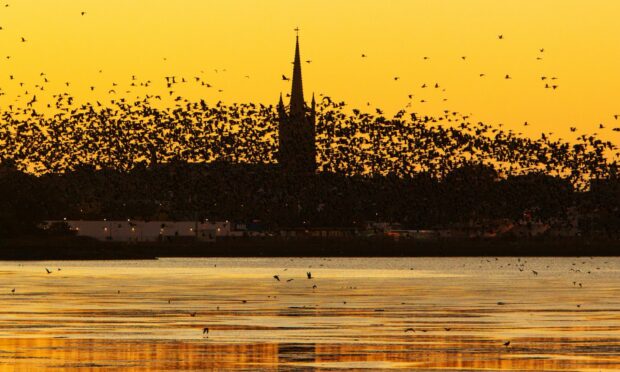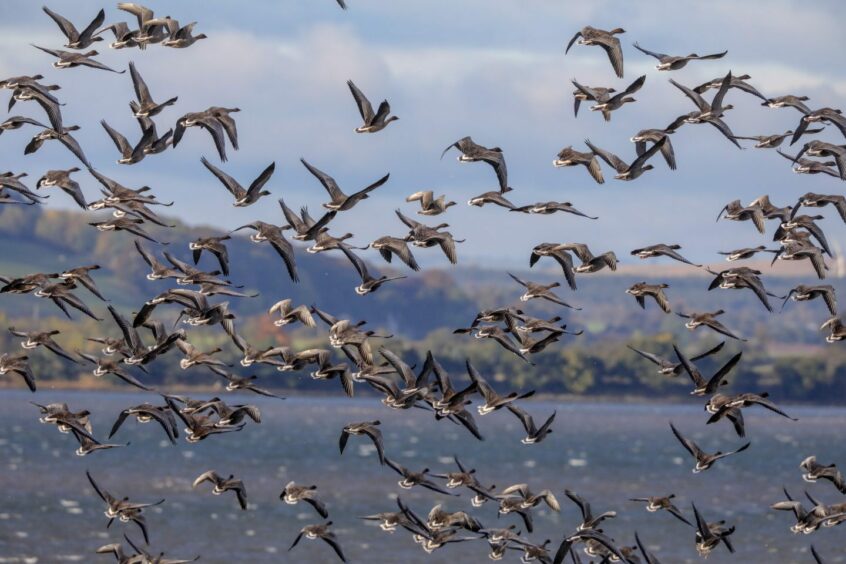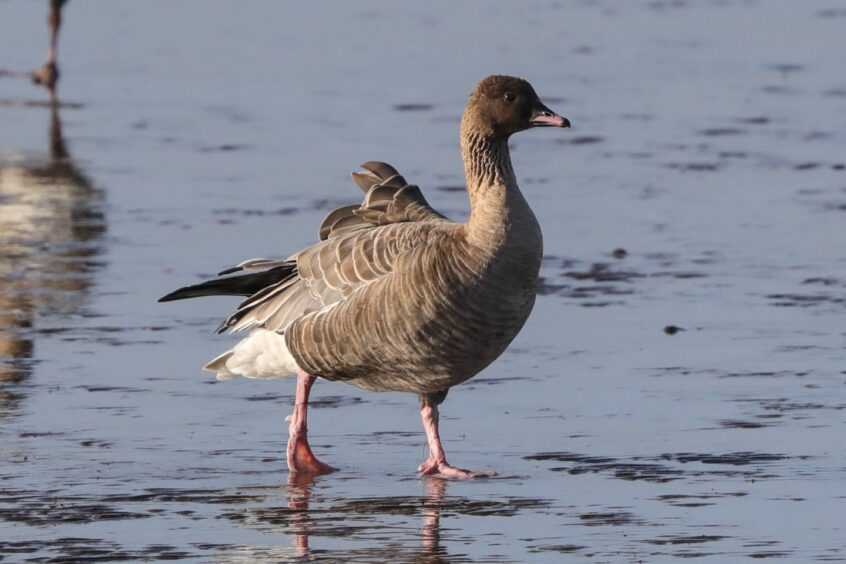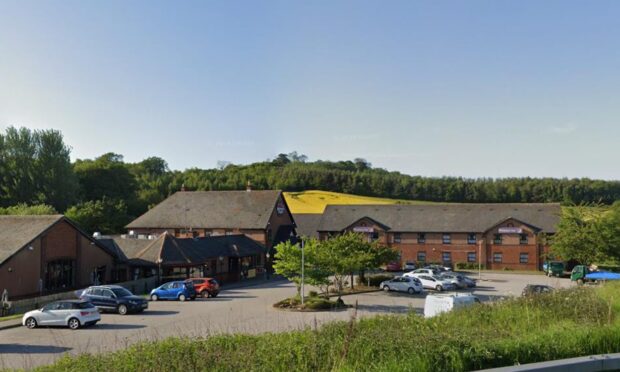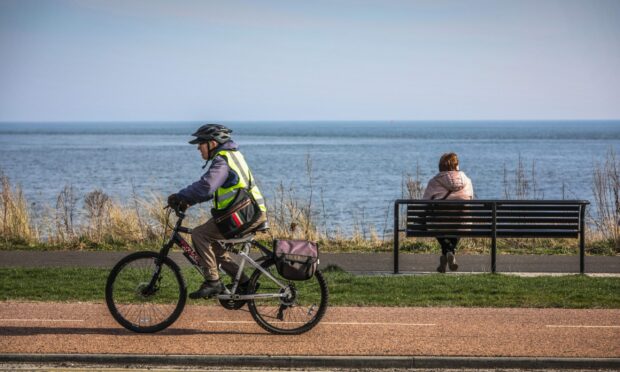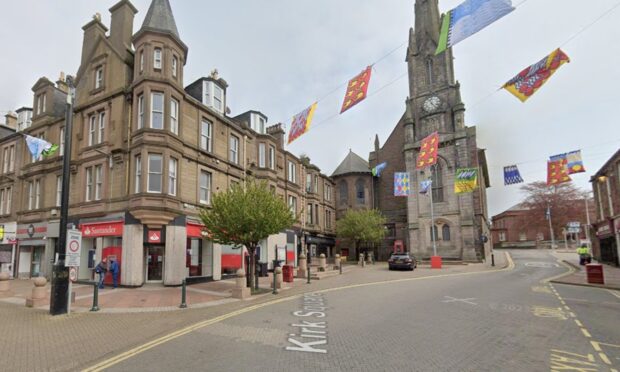Numbers of pink-footed geese touching down in Angus on their winter migration have hit almost 40,000.
For the past month the amazing dawn and dusk spectacle of thousands of birds taking off and landing has had folk flocking to Montrose Basin.
The geese start arriving in mid-September from breeding grounds in Iceland and Greenland.
Numbers generally peak in mid-October.
And last weekend the goose count at the Scottish Wildlife Trust reserve was a huge 37,224.
Record total in 2016
The figure is some way shy of the reserve’s record tally of around 90,000 in 2016.
But Montrose Basin visitor centre assistant manager Joanna Peaker says the noisy V-shaped skeins have still proved a big draw with visitors.
“Our peak so far this year was 37,224 on Saturday,” said Joanna.
“Our volunteer goose counting team will be out again this Sunday for the Icelandic goose census.
“We have put on a number of events around the annual goose migration and they have all done really well.”
And this weekend is the last chance for visitors to enjoy late opening of the reserve visitor centre until 7pm.
There is also a Wild Geese and Other Tales event with local storyteller Cara Roberts on October 23.
In the next few weeks, many of the ‘pinkies’ will head further south to spend the winter months on the coastal flats of places such as Norfolk.
But up to 10,000 could stick around in Angus, wintering here before flying back north in early spring.
How do you tot up a flock of 30,000-plus?
“There are a couple different types of ‘goose count’ we do at Montrose Basin,” says Joanne.
“One is an estimate done by the ranger at dawn just before the geese take off for the day.
“Over the years he’s become very experienced in counting the geese and is able to look at a group and estimate the number based on the size.
“So he knows what a thousand geese looks like and he can multiply it up from there.
“The other way we do it is for our volunteer goose counters to go out and station themselves at their own part of the basin before sunrise and count them as they take off.
“They are counted as they fly over the counter’s zone – so it means they aren’t double counted.
“All the zones are then added up to give us the total and the accurate number such as this year’s 37,224 on Saturday.”
